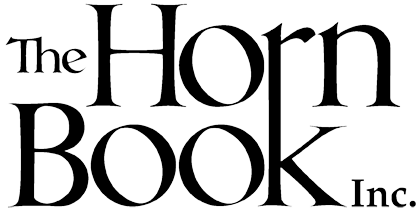King of All the Caldecotts
“If this book doesn’t win the Caldecott Medal I’m going to kill myself.
 “If this book doesn’t win the Caldecott Medal I’m going to kill myself.” I heard that from Zena Sutherland, quoting Ursula Nordstrom, while Zena and I were at Philadelphia’s Rosenbach Museum in 1982, viewing an exhibition of the complete original art for the book in question, Maurice Sendak’s Where the Wild Things Are.
“If this book doesn’t win the Caldecott Medal I’m going to kill myself.” I heard that from Zena Sutherland, quoting Ursula Nordstrom, while Zena and I were at Philadelphia’s Rosenbach Museum in 1982, viewing an exhibition of the complete original art for the book in question, Maurice Sendak’s Where the Wild Things Are.That book did of course win the 1964 Medal, a very nice cherry on top of Sendak’s five previous Caldecott Honors (which would be joined by two more in later years). For Sendak, the best part of Where the Wild Things Are’s success was the financial security it brought (“It bought me my house,” he told me) and the freedom to do the projects he liked: “I took good advantage of [its] popularity to illustrate books that I passionately wanted to do without having to worry if they were commercial or not.” While the publishing economy of today might have encouraged Where the Wild Things Went and Where the Wild Things Went Next, Sendak mostly left the (considerable) spinning-off to others in order to to do what he wanted in a career that would include big books and small books, color and black-and-white, books by himself and books by others, opera and ballet design. Most Caldecott Medalists can’t afford to rest on their laurels; Sendak could, and didn’t.
When I look through the roster of Caldecott winners (seventy-five as of this year), I see dozens of fine books, but only three classics: Make Way for Ducklings, The Snowy Day, and Where the Wild Things Are. And of those, only the third has made the leap from the children’s bookshelf to become, as well, a touchstone of twentieth-century American art and culture. Maurice would sometimes complain about his other work being overshadowed, but come on, I would say, that’s huge. If sometimes he knew this and sometimes he forgot, what matters most is that it didn’t make one bit of difference either way to his work.
When I was speaking at the Eric Carle Museum recently, someone asked me if I thought Where the Wild Things Are could be published today. It’s an impossible question, because that book gave artists and publishers and librarians and children a new way to read. Its belief in an audience that could compose its own music for three wordless spreads and draw its own picture on the final page was generous. Its messages—that you can imagine without restraint, yell your head off, and still be altogether worthy of love—remain.
says
Add Comment :-
RELATED
RECOMMENDED
ALREADY A SUBSCRIBER? LOG IN
We are currently offering this content for free. Sign up now to activate your personal profile, where you can save articles for future viewing.







